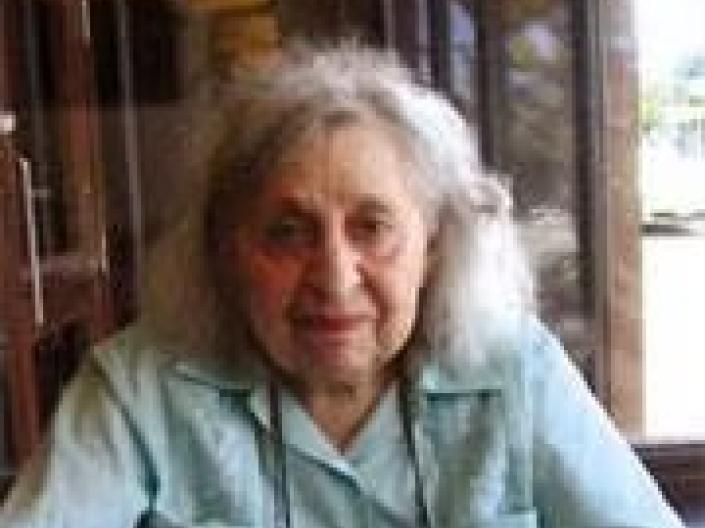In 1952, a new philosophy began to distinguish Western Reserve University as a leader in medical education. That year, Dean Joseph T. Wearn, Chair of the Committee on Medical Education T. Hale Ham and Assistant Dean John L. Caughey implemented an approach that focused on organ systems and self-directed learning, along with integrating basic and clinical sciences.
Five assumptions characterized the curriculum: 1. It is impossible to learn everything there is to know in medicine. 2. Curriculum design is the responsibility of the faculty, rather than one department. 3. Medical education should be interdisciplinary. 4. There should not be a sharp divide between preclinical science and clinical medicine. 5. Medical education should produce a physician who can think scientifically and empathize with a patient.
Within a decade, the curriculum became the international standard for medical education. The framework continues to shape the next generation of doctors, with its principles remaining in today’s Western Reserve2 Curriculum.




